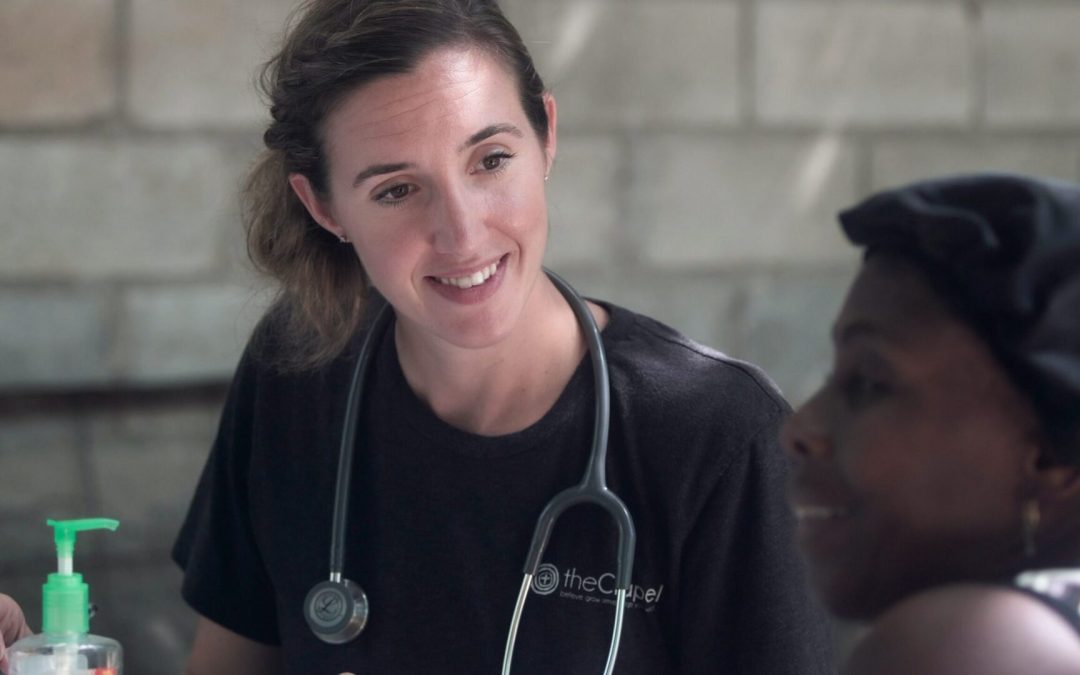Looking into treatment options for eating disorders for yourself or someone you love can be overwhelming. Even knowing where to start is challenging. In fact, a recent Google search for “treatment options for eating disorders” yielded 11,800,000 results. You read that correctly – over 11 million results.
As hard as it has been for you to get to this point, there are a few things to know about eating disorders before you start looking into treatment options.

1. Eating disorder treatment should not be delayed.
If you have an eating disorder, chances are you’ve had it for a while. People with eating disorders have symptoms for an average of six years before seeking treatment. That’s six years for your mind and body to be at odds with one another.
2. A correct diagnosis is important for treatment.
A correct diagnosis sounds straightforward. It is not.
In fact, it’s common to downplay, overlook, or even dismiss eating disorder signs. (A huge reason eating disorder signs and symptoms are ignored is Diet Culture.)
Symptoms that are easily overlooked include negative self-talk, which by definition is private and not shared with others. That’s what makes identifying when thoughts, feelings, and behaviors are part of an eating disorder so difficult to recognize for what they are. The same kind of thinking is also a part of our weight-focused culture.
Society’s (diet culture’s) messages are super glue strong. And harmful. A person’s weight does not define worth. Even though diet culture insists it does.
You can see how easily the blurry line between ‘normal’ and ‘disordered’ delays diagnosis and treatment. It makes you believe that everything is fine, when in reality everything is not fine.
So how do you even know if you or someone you love may have an eating disorder?

A great place to start is to fill out an online screening questionnaire.
Eating disorder diagnoses: What are they?
Eating disorders are not about weight, vanity, or attention seeking. They’re a way of coping with emotions that would otherwise feel too overwhelming.
Anxiety and/or depression often exist before eating disorder symptoms begin and can delay getting an accurate etig disorder diagnosis.
The category of eating disorders includes:
- Anorexia nervosa (AN)
- Bulimia nervosa (BN)
- Binge Eating Disorder (BED)
- Avoidant Restrictive Food Intake Disorder (ARFID)
- Otherwise Specified Feeding and Eating Disorder (OSFED)
3. Have a treatment team

A typical eating disorder treatment team includes a therapist, dietician, and medical doctor.
All providers should have expertise in eating disorder treatment. Treating a person with an eating disorder is complicated.
Treatment with a therapist and dietician specializing in eating disorders makes treatment success much more likely.
Your treatment team helps with goals and guidelines and is there to support you every step of the way.
You may be familiar with referral websites such as Psychology Today. But did you know there are also places online to look for eating disorder experts, such as the National Eating Disorders Association?
The same applies to finding a registered dietician with an eating disorder specialty. Nutrition therapy for eating disorders is different from general nutrition therapy.
A family therapist may be recommended as well if the patient is living at home and/or is a minor.
Family-based treatment, also known as the Maudsley Model, may be helpful for families of teens with an eating disorder.
By the way

Many PCPs and pediatricians lack proper training in and knowledge of eating disorders. They too are a part of diet culture. Without even knowing it, they spread harmful myths and stereotypes about weight and well being. They mean no ill intent, certainly, However, you can not assume a medical provider is eating disorder savvy.
The person in need of treatment may downplay symptoms and/or refuse help. Partly because of the strong forces of diet culture. And, because an eating disorder always provides some benefit. Or it would not exist in the first place. Doing away with something that has brought relief is scary.
Denial and secrecy often go hand-in-hand with an eating disorder. Sufferers deny they have a problem and are secretive about their symptoms.
Matching treatment intensity to symptom intensity makes for a faster recovery. And, a greater chance of a successful outcome.
Higher levels of care
More intensive treatment is called a higher level of care (HLOC). There are 4 main forms.
Medical stabilization, including refeeding, requires an inpatient level of care. Length of stay is usually a few days to a couple of weeks.
Residential treatment is for people who would benefit from round the clock support and structure but are not medically compromised. Residential programs typically last for up to 3 or so months.
A third level of care is partial hospitalization. Structured group therapy for 6-8 hours/day occurs, and patients then go home to sleep. Meals are included as part of treatment.
The lowest level of care is intensive outpatient. These programs are held for three or so hours, three or so times per week. Length of stay is typically a couple of months. Usually patients have a meal and snack together.
Sometimes people start at the lowest level of care and then return to their outpatient team. Others may need higher levels of care. Sometimes treatment involves cycling through different levels of care. There is no standard sequence of treatment levels.
The recommended level of care is mostly based on severity of symptoms. Within each program, treatment is tailored to the person’s needs. There is no ‘one size fits all’.
Some higher levels of care include additional treatment programming. For example, there may be a trauma specialization track, a substance abuse track, or a specialized program for athletes. The tracks are for people who have an eating disorder along with concerns related to one of the areas of special focus.
It’s best if everyone involved in the treatment communicates with each other as a team. That way, adjustments can be made to treatment as needed. And to minimize the ‘he said she said’ that can happen when direct communication is missing.
4. Treatment planning

A comprehensive approach to treatment is ideal. Eating disorders are complex and require several specialists.
Make a plan for eating disorder treatment. This may include settings goals, providing some education, creating parameters for safety, and coming up with a crisis plan.
Treat physical complications. Health and medical issues need attention. That being said, often the sufferers’ lab results are normal. Normal lab results DO NOT mean everything is fine.
Identify resources. Find out what resources are available. Are there support groups, for example, either online or in person? How about specialized movement classes, such as yoga for eating disorders?
Make sure resources are eating disorder sensitive. For example, taking a rigorous yoga class is not a good idea. However, a gentle class taught by an instructor who’s eating disorder informed could be helpful.
Speak with your insurance company to discuss coverage for treatment, regardless of the level of care needed. The insurance company will pay more over time for someone with an untreated or partially treated eating disorder.
Medications don’t and can’t cure an eating disorder. They work best when combined with therapy.
The most common medications used to treat eating disorders are antidepressants. Especially the eating disorders that involve binge-eating or purging behaviors. Antidepressants may help reduce symptoms of depression or anxiety. These symptoms often co- occur with eating disorders.
Medications for physical health problems caused by the eating disorder may also be required. For example, co-occurring gastrointestinal symptoms (constipation, diarrhea, reflux) are commonly treated with medications.
Therapy is a must to successfully treat an eating disorder. The psychological aspects of an eating disorder can be as difficult or even harder than the physical recovery.
Cognitive behavioral therapy (CBT) is a common and effective treatment for eating disorders. CBT improves attitudes about body shape and weight, replaces dieting with Intuitive Eating, and helps develop coping skills.
5. Have hope

Treatment works! Healing happens!
Generally, treatment is more effective before the disorder becomes chronic. However, even people who have had an eating disorder for many years can and do recover.
Eating disorders rarely, if ever, just go away on their own.
It’s OK if you “slip-up” during treatment. It’s normal. With each relapse comes opportunity to fine tune treatment and re-commit to recovery.

The most important takeaway message: People recover. Fully.
Your loved one (including if it’s you) with an eating disorder can too. The key to healing is being in the right level of treatment as early as possible. And staying hopeful along the way.
I am Dr Elayne Daniels, a MA-based, anti-diet, certified Intuitive Eating psychologist, consultant, and coach. My passion is helping people conquer eating disorders, feel comfortable in their body, and live a life of meaning. Contact me here for more information.
